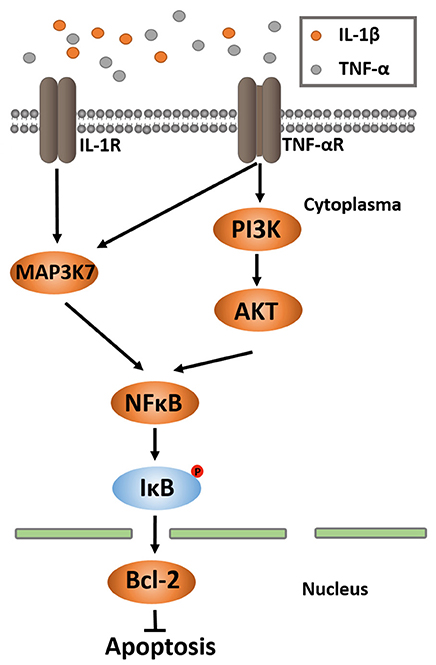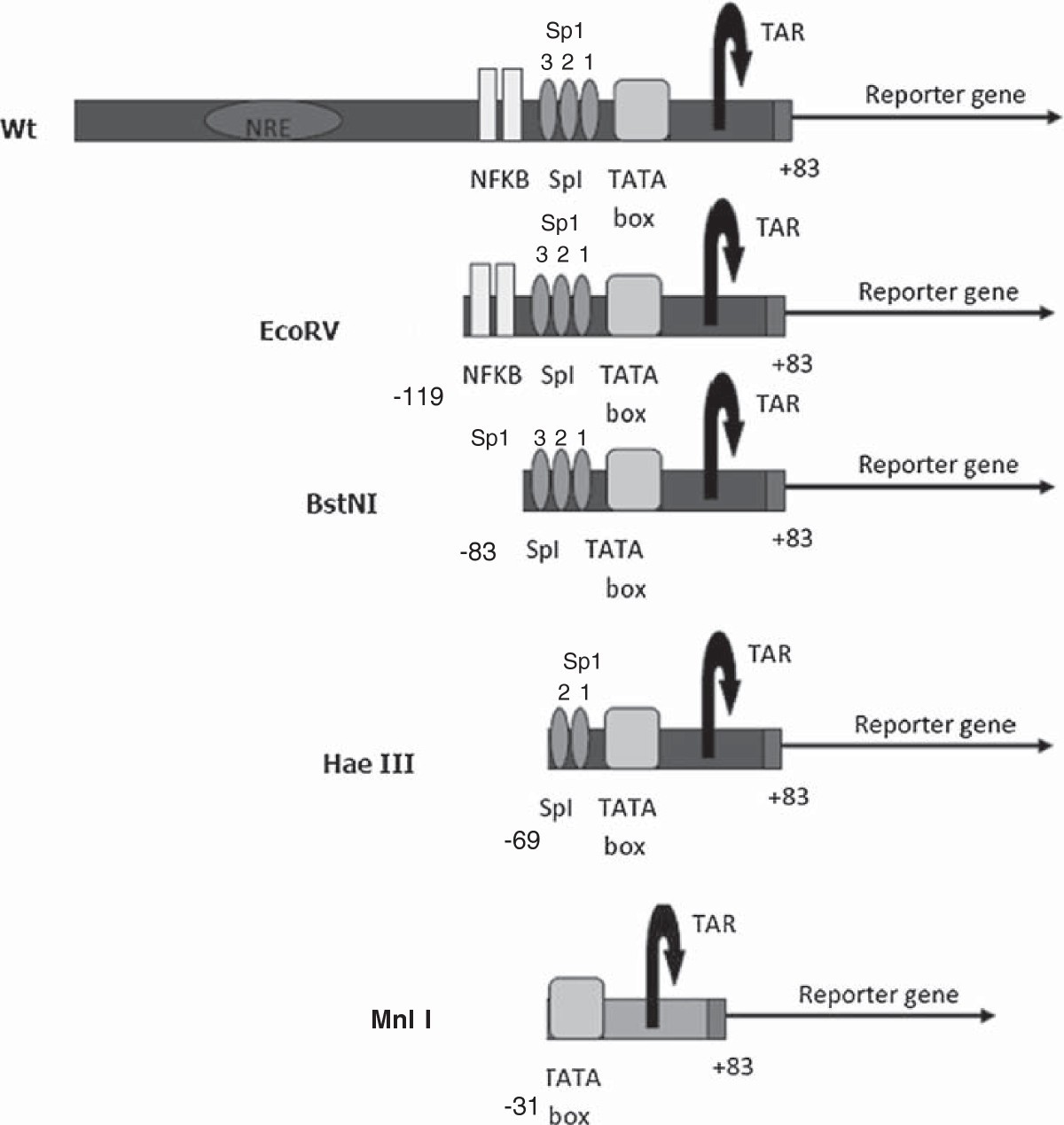

Louis, MO) inside 24-well plates for 24 h. Meanwhile, 12 mm glass plates were coated with 400 μl fibronectin (1 mg/ml Sigma-Aldrich, St. Finally, the supernatant was discarded, fresh RPMI 1640 medium was added, and the cells were allowed to rest for 48 h (37☌ 5% CO 2in air) before the experiments.

The cell suspension was added to cell culture tubes, and monocytes were allowed to adhere to the surface of the tubes for 2 h. Monocytes were resuspended in RPMI 1640 medium (Gibco Products Invitrogen Corporation, Grand Island, NY) containing 5% fetal calf serum (Biochrom AG, Berlin, Germany) and antibiotics (100 U/ml penicillin and 100 μg/ml streptomycin Invitrogen Corporation, Carlsbad, CA). 10Accordingly, genetic variations that alter NFKB gene expression could impact key mechanisms in sepsis and, therefore, influence mortality in severe sepsis.Īfter ethics committee approval (ethics committee of the University Hospital Essen, Essen, Germany) and written informed consent, venous blood (24 ml) was withdrawn from 10 healthy individuals with the homozygous insertion (II) or deletion (DD) genotype, respectively, and centrifuged at 1800 g for 20 min using Ficoll density gradient centrifugation tubes (Vacutainer CPT tubes Becton Dickinson, Franklin Lakes, NJ). 8, 9In conclusion, the NF-κB1–coupled pathway is known to amplify and perpetuate inflammatory and coagulatory mechanisms prevailing in sepsis. 7–10Consequently, disseminated intravascular coagulation is a common finding during severe sepsis, which in turn can evoke ischemia and multiple organ dysfunction. 6, 7Furthermore, this pathway induces tissue factor in the blood stream and, thus, activates coagulation. 4, 5Once activated, it binds to regulatory DNA elements in the promoter regions of inflammatory and immune response genes, such as those encoding proinflammatory cytokines, chemokines, enzymes relevant for inflammation, and adhesion molecules. Many extracellular stimuli, including bacterial lipopolysaccharide, viruses, oxidants, inflammatory cytokines, and immune stimuli, can activate NF-κB1. In most cells, NF-κB1 is found in the cytoplasm in its inactive form, bound to inhibitory proteins.


 0 kommentar(er)
0 kommentar(er)
